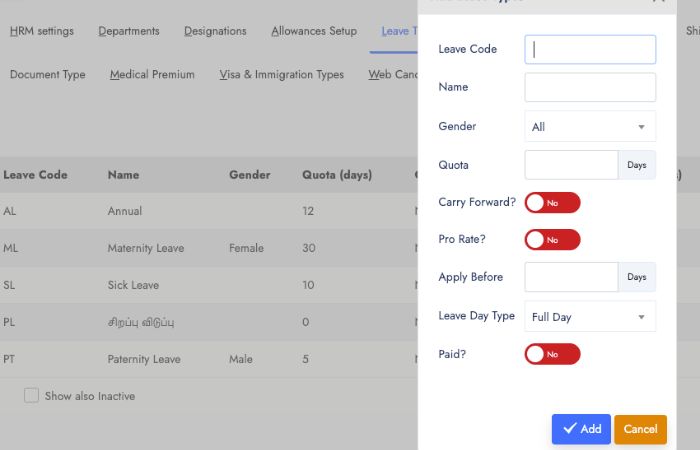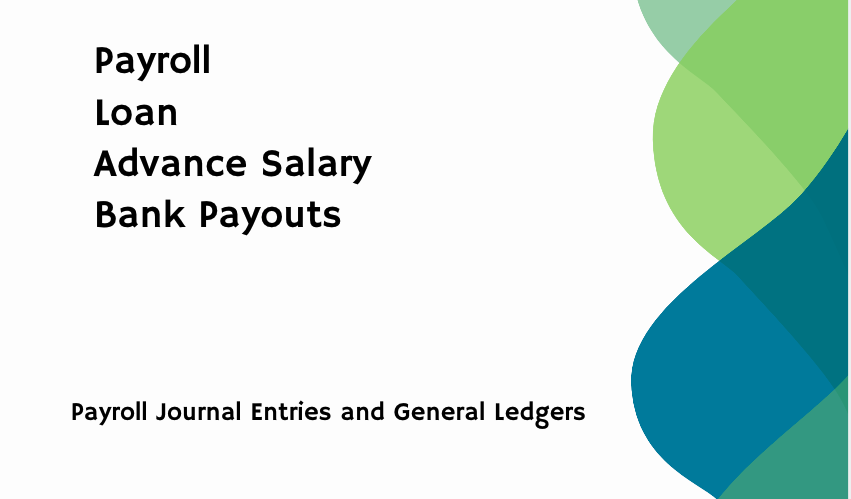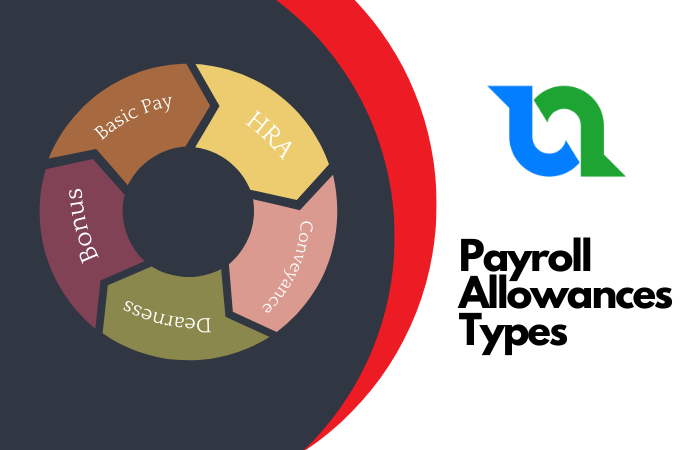
Leave Types Setup and Management in HRM
Leave types help you set up and manage leave policies based on your company's requirements and compliance with government regulations. Common leave types include Annual/Casual Leaves, Sick Leaves, and Paid/Unpaid Leaves.
Defining Leave Types and Their Options
Leave Code
- Description: A unique 2-digit alphabetic code for each leave type.
- Purpose: This code is used internally to perform leave functions and helps identify the leave type.
- Example:
AL(Annual Leave)
Leave Name
- Description: The name of the leave type.
- Purpose: Used throughout the system to refer to the specific leave type. It can be defined in the local language.
- Example:
Annual Leave
Gender
- Description: Specifies the applicable gender for the leave type.
- Purpose: Some leaves, like Paternity or Maternity leaves, are gender-specific. Other types, like Sick or Medical leaves, apply to all genders.
- Example:
Paternity Leavefor male employees.
Quota
- Description: The default number of days per annum an employee is entitled to.
- Purpose: This is the initial leave count, which can be adjusted based on the employee's grade and reflected in employee forms.
- Example:
12 daysper year.
Carry Forward
- Description: Allows unused leave to be carried forward to the next financial year.
- Purpose: If enabled, specifies the maximum number of days that can be carried forward.
- Example:
True(Enabled)
Max Carry Forward
- Description: The maximum number of days an employee can carry forward to the next year.
- Example:
5 days
Pro-Rate
- Description: Adjusts leave entitlements based on the period an employee has worked within the timeframe.
- Purpose: Ensures that employees who haven't worked the full period receive a proportionate leave entitlement.
- Example: If an employee joins in July, they receive 6 days of leave instead of 12.
Apply Before
- Description: The number of days before which the leave must be applied.
- Purpose: Ensures adequate notice for the employer to arrange alternative coverage or reschedule work.
- Example:
7 days
Leave Day Type
- Description: Specifies whether the leave is taken as a full day or half day.
- Purpose: Defines the duration of the leave.
- Example:
Full DayorHalf Day
Paid
- Description: Indicates whether the leave is paid or unpaid.
- Purpose: Differentiates between leave types that are fully paid, partially paid, or unpaid.
- Example:
True(Paid Leave)





